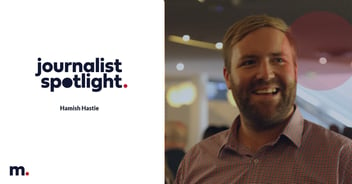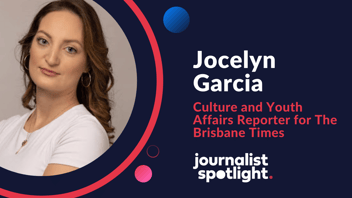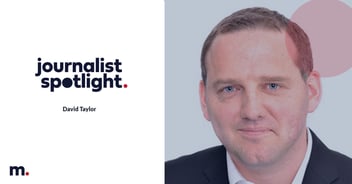Interview with Stuart Layt, Health, Science and Technology Reporter for Brisbane Times
 Stuart Layt is the Health, Science and Technology Reporter for Brisbane Times. He was previously the Queensland Political Reporter for AAP, and nearly a decade before that was a Journalist and Newsreader for 4BC. A decade of 3 am alarms did more to prepare him for fatherhood than any parenting guide ever could. You can Tweet him at @stuartlayt.
Stuart Layt is the Health, Science and Technology Reporter for Brisbane Times. He was previously the Queensland Political Reporter for AAP, and nearly a decade before that was a Journalist and Newsreader for 4BC. A decade of 3 am alarms did more to prepare him for fatherhood than any parenting guide ever could. You can Tweet him at @stuartlayt.
What attracted you to working in journalism?
I actually started doing a law degree, because it was assumed I would get a “proper” job, but I always loved journalism and the media. I loved broadcast news in particular and always wanted to work in television news, but through the twists and turns of the industry found myself with a career in radio journalism which I completely fell in love with. Reading the radio news was a dream job which I was very sad to finally give up, but I’ve also fallen in love with writing for a digital-first outlet, which I believe is the way of the future.
You report across health, science and tech – which subject matter do you enjoy writing about the most?
I really like the way the three parts of my round intersect. I write a lot about the cutting-edge medical research being done to cure diseases, or incredible advances being done in robotics to create prosthetics that can link to a person’s nervous system so they can move it like a real limb. It’s like getting a sneak peek at the future every day.
Do you think the pandemic has changed the areas you report on in journalism? If so, how?
It’s kind of had the opposite effect. I wrote stories about the coronavirus and the risk it was posing back in January, and while it wasn’t an underground thing, my feeling is that the public perception of the virus was that it was something to keep an eye on but which probably wouldn’t affect us in Australia. Just a few months later it was all anyone was talking about. But I was already speaking directly to researchers every day for my stories so what I was writing about didn’t change much at all, there were just a lot more journalists writing in the same area all of a sudden.
What it reinforced to me though is the importance of good science communication. Explaining complicated scientific concepts to a general readership with no background in science is something that I think I do reasonably well, although I’m always trying to get better. In the middle of a global pandemic that skill is more important than ever, to give people a good understanding of what the virus is, how it works, and what they can do to protect themselves.
Tell me about a typical workday for you.
The good thing about journalism is every day is different, but I will usually try to catch up on emails and other admin in the morning when I get in, then place any calls I need to place between mid-morning and a little after lunch. Then I’ll spend the rest of the working day writing. The final deadline at 5 pm means calls at 4:45 to pitch a story will get shut down pretty quickly unless it’s a great pitch.
What kind of PR material catches your eye when they appear in your inbox?
A simple layout, no bells or whistles, just a clean copy that is easy to read quickly. I also look for relevance – both to my specific round and also to my publication. Basically, are you pitching to me or is this a form letter being sent to a list? This isn’t vanity – it’s important to know whether a story is going to be worth following up, because if the person pitching doesn’t know what I write about or what my publication tends to cover, then it’s likely the story they’re pitching won’t be a good fit for us.
Also, I’m a health, science and tech writer for a general publication, so I’m on the lookout for cool stories which will be of interest to that general audience. Finding the balance between very cool stories that also have a broad appeal is the key to what I decide to write up and publish.




